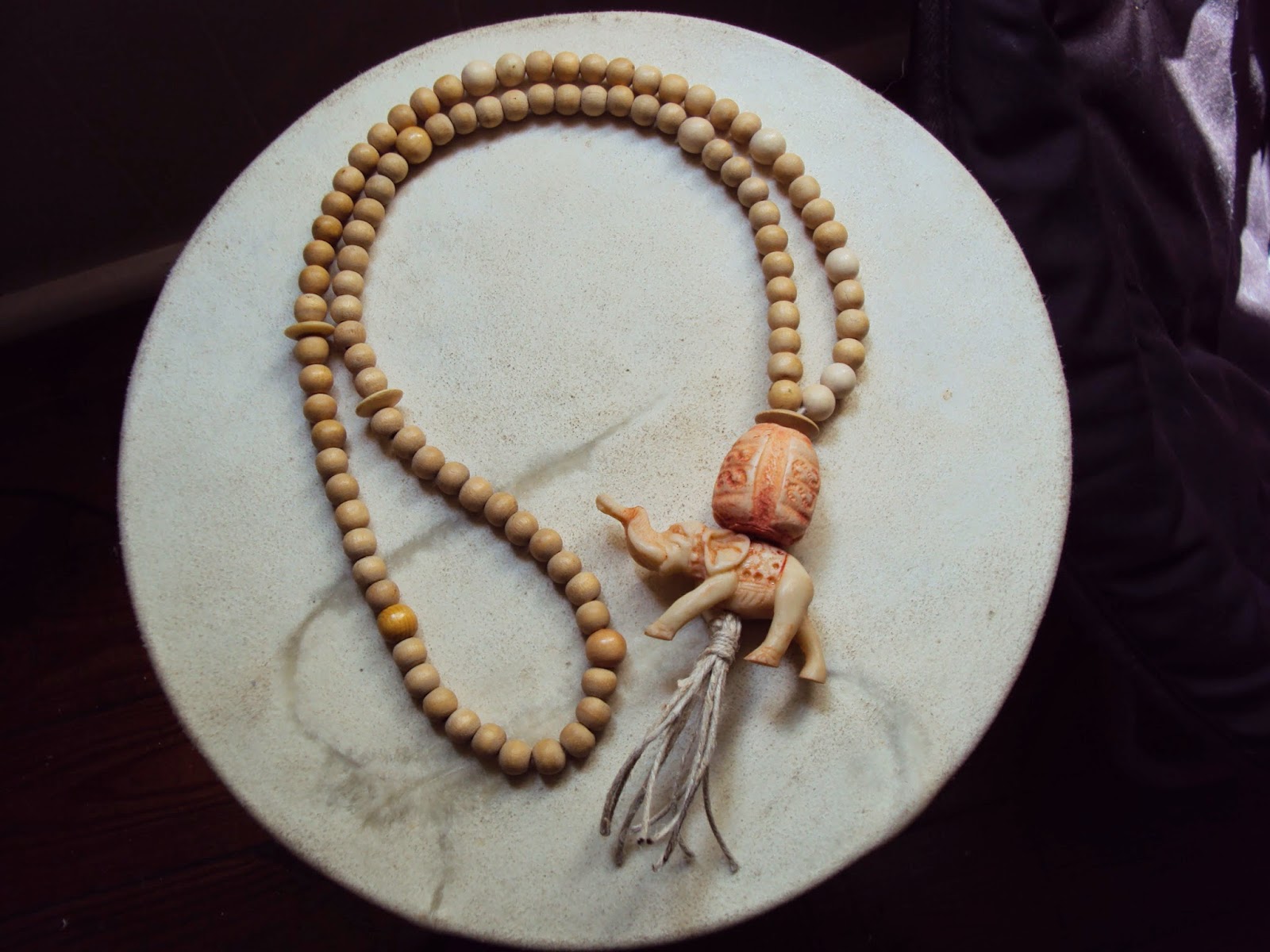In an effort to make camp a more period appropriate visage we tend to cover things or make furniture ourselves. While I have some skill I am not an expert woodworker. I am also not prepared to make the monetary investment for the kinds of exquisite things I see a lot of people have in their camps. I am also...lazy. I don't want to spend a bunch of time setting up furniture after I've put up my period pavilion, especially if it is just a weekend event. The other important factor is space. I don't have the kind of room in my vehicle to fit all that stuff.
Pillows & Rugs
Really that's the majority of what I have for persona appropriate furniture. You don't need much more. I have a handful of covered armless camp chairs that are useful for places where you need chairs. Sometimes people just can't sit on the ground though and that is ok. I have plans to make a divan of sorts that could be also used as a bed in camp. I just haven't figured out how to make it portable yet.
Tables
The basic design is two pieces of plywood with slots cut so that it can form an X. The plywood was stained but only minimally varnished. At the taking of these pictures it is 4 years old and has been in wet grass at almost every event I've attended. I left it unvarnished because I intended to paint things on it to make it more decorative. That still hasn't happened.

Pillows & Rugs
Really that's the majority of what I have for persona appropriate furniture. You don't need much more. I have a handful of covered armless camp chairs that are useful for places where you need chairs. Sometimes people just can't sit on the ground though and that is ok. I have plans to make a divan of sorts that could be also used as a bed in camp. I just haven't figured out how to make it portable yet.
 |
| Ladies seated on a divan |
This is the real reason for this post. I wanted to talk about my table. I should say that while I had a hand in making this my friend Einarr did most of the work. This was largely because I was sewing at the last minute for an event and he was perfectly capable of doing that work for me. At my second event after moving to Atlantia I wanted to have a way to meet people and participate in the arts. I made Turkish coffee and handed it for free all day long so long as people came to my merchant booth and sat at my table to chat for a few. I also entered the coffee in the competition that day.
 |
| My coffee table |
The idea came from someone else's camp at Gulf Wars and several "Moorish" style tables. I wanted a simple design that packed flat and was easy to put together. I liked the idea of using a large tray and found one at my local mediterranean food store.
 |
| Not a super period design on the tray but it is often covered with other trays or random stuff. |

One challenge we faced creating this design was how to keep the tray from sliding. Our solution was to indent the top surface leaving a tab that snugly held the tray in place.
I can put this table together with one hand and a knee. Just place the slots together (lower opening over upper opening).
The other hand is usually holding the tray and you just need to drop it into place!
Here is a closeup of the join. There is a lot of sanding involved to make it fit just right. Don't forget to make it a smidge larger than you think to leave room for varnish, it makes a difference!
Here is the arabesque arches I designed for the legs. They were cut with a coping saw. Einarr was not amused with how difficult my design turned out to be in terms of cutting and sanding.
And lastly a closeup of the bottom of the slots because I felt like it.
It is a fairly sturdy design. I would still like to paint things on it. When I decided on the height, I wanted it to be at a height that worked from my chair. This is a little higher that you can expect a period dining table to be. Most often meals were at a similar type of table seated on pillows. I want to make a dining table next but using a different design altogether. The table height has been really great for large (or ample-bottomed) adults sitting on the pillows or children on their knees playing games. All in all, I love my table and look forward to adding better ones to my collection with more research behind them.




































